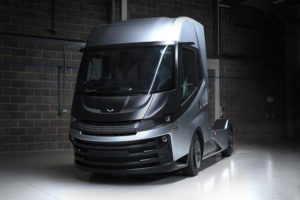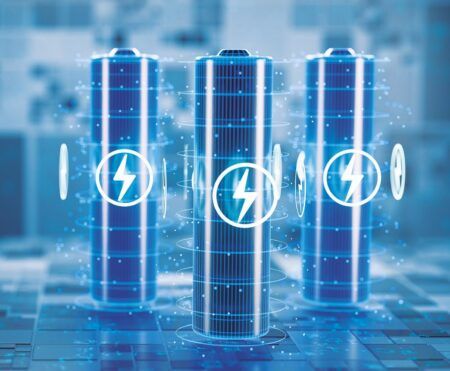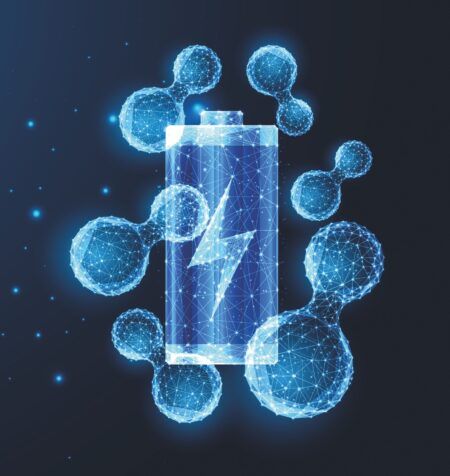Jawad Khursheed, CEO of HVS, a disruptive hydrogen vehicle OEM, explains why Tesla’s electric Semi truck is not the Holy Grail for decarbonization – but a hydrogen-powered HGV could be…
Tesla’s remarkable milestone in the journey to decarbonising the heavy goods vehicle sector has seen its electric Semi truck drive a 500-mile trip on a single charge at a stated 38,000kg gross vehicle weight. No other battery electric trucks in the US, such as those from Volvo, Freightliner and Nikola have been unable to get anywhere close to that range whilst carrying a full payload.
However, we cannot call it a job done nor think that battery-electric alone is going to solve the sector’s staggering pollution problem. There are fundamental questions about BEVs for the HGV sector that hydrogen-electric power has the answer for. HGVs require a tremendous amount of energy to carry heavy loads and when recharging a battery-electric HGV, abnormally large amounts of energy is needed from the grid. A fleet of as little as ten BEV HGVs requiring electricity from the grid concurrently would have an energy draw equivalent of a small town. To operate this could mean building new sub-stations to service the recharging points at significant cost.

For logistics managers and fleet operators, downtime when charging is a big problem. The time out of operation to fully charge batteries the big HGV batteries just isn’t efficient. In real-world situations and use cases, such as aviation, emergency vehicles, and heavy-duty road vehicles, BEVs are hamstrung so we need to another solution. For the decarbonisation of HGVs in the US, the IPCC states a need to peak emissions by 2025 and reduce to 50% of the 1990 baseline by 2030 – therefore a drop of 43% is still required. That means moving as quickly as we can to replace gas and diesel-powered HGVs. Hydrogen-electric is the zero-emission propulsion technology of choice for heavy duty vehicles. Hydrogen has been considered the ‘fuel of the future’ since the 1980s and has failed to deliver. However, the last two years have seen a paradigm shift in government and business attitudes towards hydrogen with companies like HVS, Toyota, BMW, and Hyundai already powering vehicles today.
Hydrogen is a highly effective means to store renewable energy and the technology is rapidly advancing. Instead of requiring substations at charging points, hydrogen (from renewable sources) can be produced when there is surplus renewable energy and stored ready to be pumped into the vehicle’s storage cylinders and then converted into electricity onboard when required. This allows for hydrogen to be produced directly using renewable electricity on wind or solar farms and then distributed to refuelling stations, the same non-disruptive model we currently use for petrol and diesel. Hydrogen refuelling takes a comparative time to refuel a diesel truck and delivers minimal operational upheaval for our end-users. An HGV is a workhorse and it needs to deliver heavy payloads, long-range and quick refuelling. And these need to be provided with zero emissions.
It’s important to understand it’s not an argument of electric vs hydrogen. To take us away from fossil-fuelled HGVs (which are the biggest polluters on the roads) as quickly as possible it will take a synergy of all the alternative fuels. For some use cases, BEVs will be best, while for others hydrogen FCEV wins. The future’s bright. Hydrogen is here, it is viable, and it offers an attractive solution to long-range, zero-emission, high-duty cycle fleets.





